Cats continue to be Australia’s second most popular pet (after dogs), with more than a third of households having at least one feline friend.1
While there aren’t as many officially recognised breeds of cats as there are dogs, there are still a few dozen to choose from if you’re looking for a four-legged friend.
Choosing the right cat breed is a highly personal choice. Considering characteristics such as fur, size, colour, temperament, and indoor/outdoor suitability can be wise before you make a final decision.
Our guide to the most popular cat breeds in Australia (based on national pet ownership statistics from Animal Medicines Australia)2 will cover everything you need to know about common cat breeds, including their origins, personality traits, and any health problems that could impact your pet insurance.
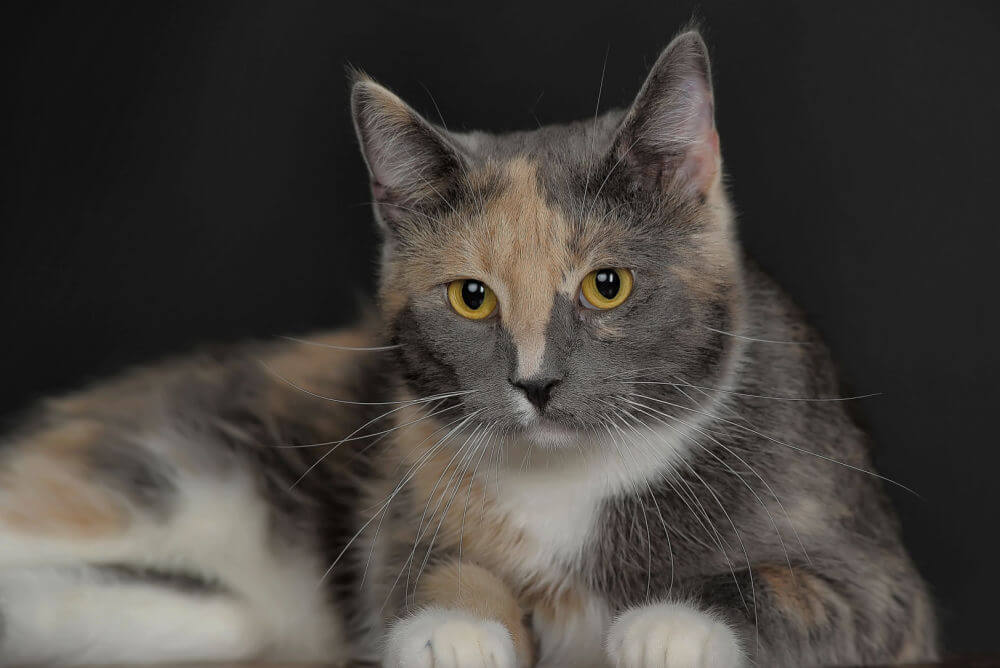
Domestic shorthairs – also referred to as common house cats or moggies – are the most common pet cat in Australia.3 They don’t belong to any particular recognised cat breed and are simply characterised by their short fur. These domestic cats are typically playful, docile, and quiet. They make great companions for children and adults alike.
The domestic shorthair is one of the oldest natural (non-pedigreed) English breeds. Early settlements in America also introduced them as working cats to eradicate rats and other pests. These kitties then become known as American shorthairs.4
Due to their mixed parentage, domestic shorthairs don’t have any known hereditary conditions. However, common house cats can be prone to obesity and should have a balanced diet.
The domestic shorthair is hardy and therefore one of the cheapest cat breeds to insure. This common house cat tops the RSPCA’s list for most pet insurance claims only due to their popularity in Australia.5
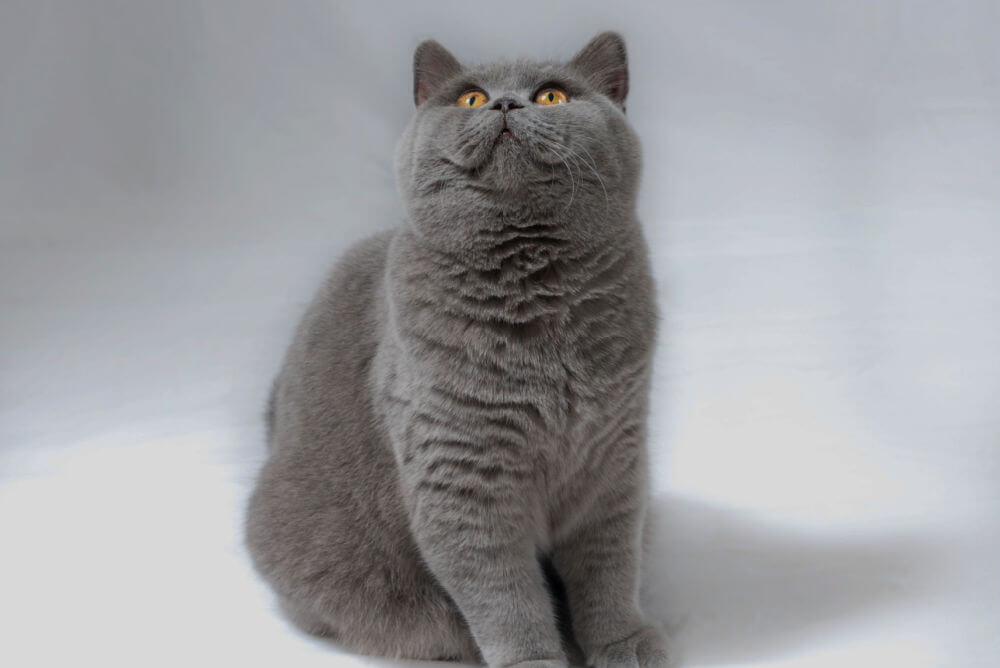
The British shorthair is a pedigreed domestic shorthair. These cats are distinctively stocky with dense fur and a round face. The breed was once known as British Blue due to their solid grey-blue coat, but they come in other colours too. The British shorthair breed is known to be gentle and easy-going, making for good house pets. They are also quite happy on their own and can entertain themselves.6
The British shorthair is one of the oldest identifiable cat breeds in the world. Theories suggest they were brought to England by Roman legionaries for pest control and quickly became street and farm cats.
While they’re considered a healthy breed, British shorthair may inherit hypertrophic cardiomyopathy (a form of heart disease) or develop urinary tract and kidney issues as they age.7
The British shorthair cat is a relatively healthy and low-maintenance breed, meaning a standard accident and illness cover should suffice to protect your pet.
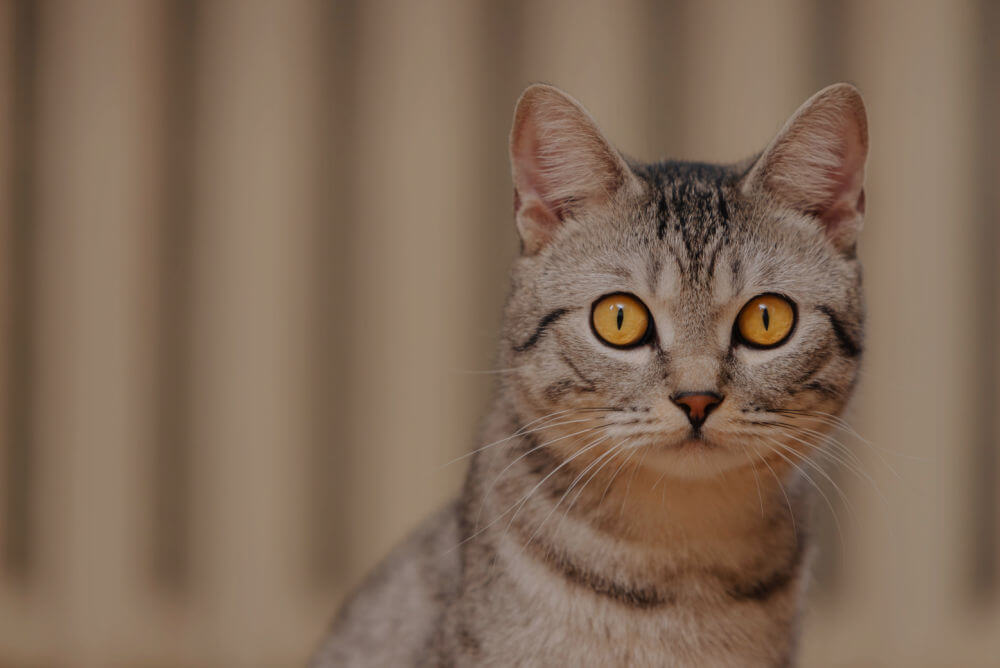
The tabby is not a specific cat breed but rather a coat pattern many domesticated cats and genetic lines have. Tabbies tend to have distinctive stripes or whorl patterns on their fur. They also often have a marking in the shape of an ‘M’ on their forehead. Common groups of tabby cats include the mackerel (striped), classic, Agouti (ticked) and Egyptian Mau (spotted) tabby.8
The origins of the tabby are unknown, although it’s thought felines with a tabby pattern descend from African wildcats.9 Tabbies are mixed breeds and not typically prone to health issues, although watch out for heart or kidney problems in their later years.
Regarding personality traits, tabbies are very outgoing, playful and curious, which is why you often spot them roaming the neighbourhood and playing with other pets or kids. They’re the cool cats on the block!
Tabbies are generally healthy and robust but can be prone to injuries due to their curiosity and inquisitive nature. An accidental injury and illness policy could be suitable for this cat breed.
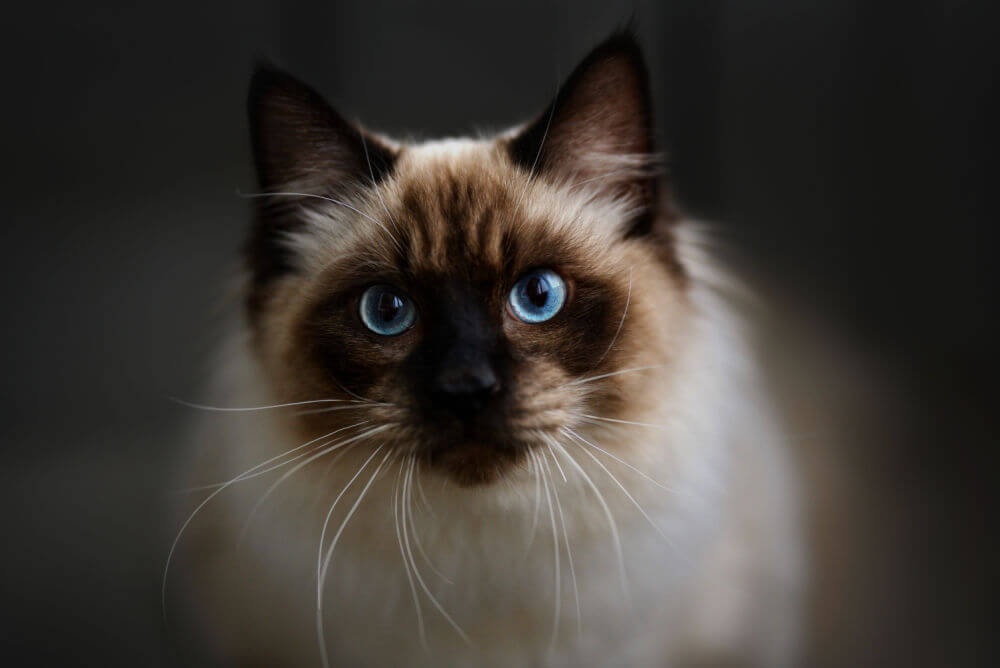
The Ragdoll is a long-haired cat breed easy to recognise with distinctive, luxuriant colourpoint fur and blue eyes. It’s one of the largest breeds of domesticated cats, but don’t fret because these lovable felines are very gentle and patient. They don’t mind being petted and held, so some people call them lap cats. Their calm temperament is ideal for seniors and people who live in apartments.
The Ragdoll cat breed has been traced back to California in the 1960s and may have resulted initially from breeding a domestic long-haired white cat and a Burmese-like cat.10
Ragdolls may have long fur but not an undercoat, so matting and shedding shouldn’t be an issue. However, they’re prone to certain conditions like hypertrophic cardiomyopathy, urinary tract/bladder infections and weight gain, mostly because of their sedentary nature.11
Ragdolls are susceptible to hereditary conditions, so be sure to take out pet cover early or before they’re diagnosed with a genetic disease. This cat breed may also benefit from routine care cover for prescription diets and alternative therapies.
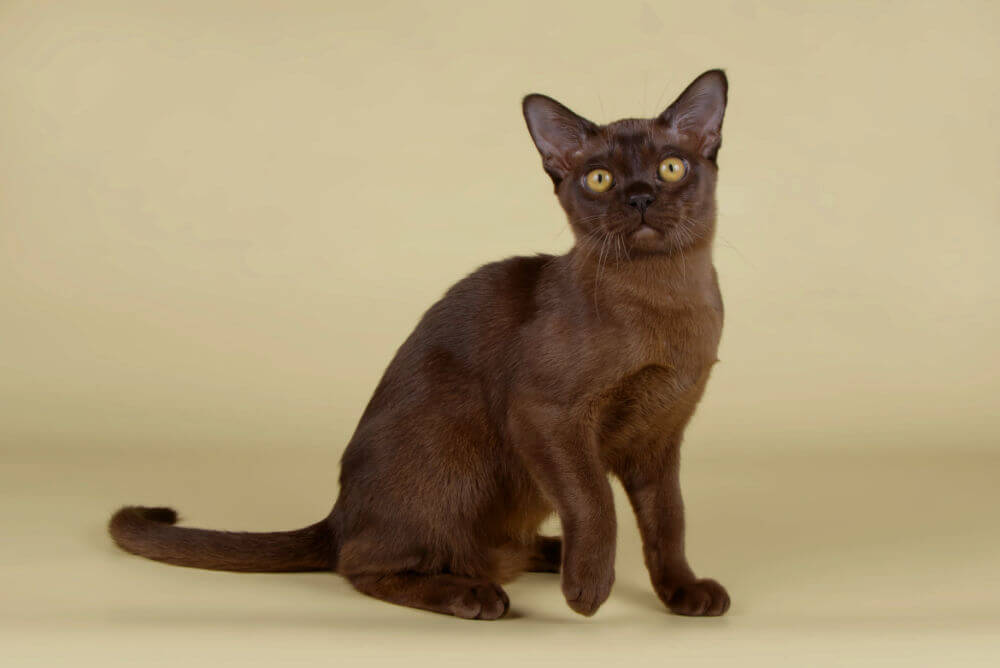
The Burmese breed is distinctive both physically and temperamentally. The Burmese cat has a slender frame, glossy fur and eyes slanting toward the nose. In terms of personality, this breed is extremely affectionate and intelligent; they can even be trained to perform tricks and play fetch! On the flip side, Burmese cats are very demanding and cry for attention when they’re not feeling heard.
The Burmese cat originated from Myanmar (formerly Burma) near the border with Thailand and shares ancestry with the Siamese breed. The breeds were bred together to produce kittens bearing the rich walnut brown colour Burmese cats are famous for today.12
This smaller gene pool means Burmese cats can be prone to congenital facial and head defects, feline orofacial pain syndrome (FOPS), muscle weakness and heart problems.13
Burmese cats have a longer life expectancy than most breeds (some can live up to 25 years) and are predisposed to unique genetic conditions, so taking out pet insurance when they’re young is essential.
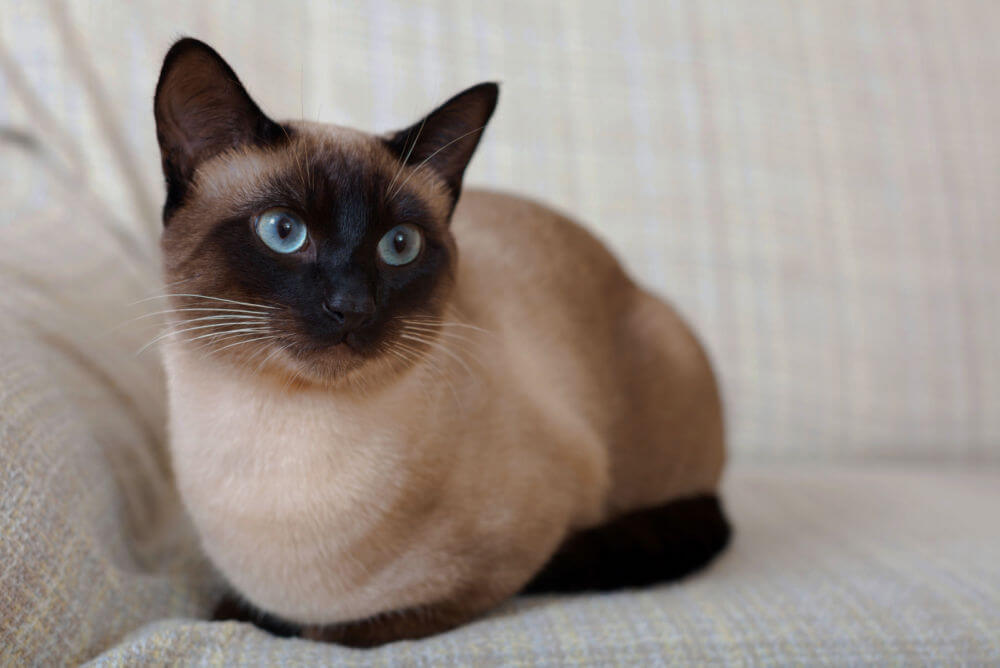
The Siamese is a pedigree cat breed characterised by their elongated body, triangular head, and almond-shaped eyes. The Siamese cat is not only beautiful but equally intelligent and affectionate. They like to be active and jump off perches and can be trained to walk on a lead.
The Siamese cat is thought to have originated from Thailand (formerly Siam). In ancient times, Siamese cats were favoured by royal families due to their appearance and athletic nature. They were often gifted to European and American dignitaries, after which the breed became more commonplace in the West.14
Siamese cats can be prone to upper respiratory infections, progressive retinal atrophy (PRA; a vestibular disease that affects the ears) and heart conditions.15
Siamese cats have unique health needs and are prone to certain illnesses, so you should try to get comprehensive pet insurance for your Siamese kitty as early as possible.
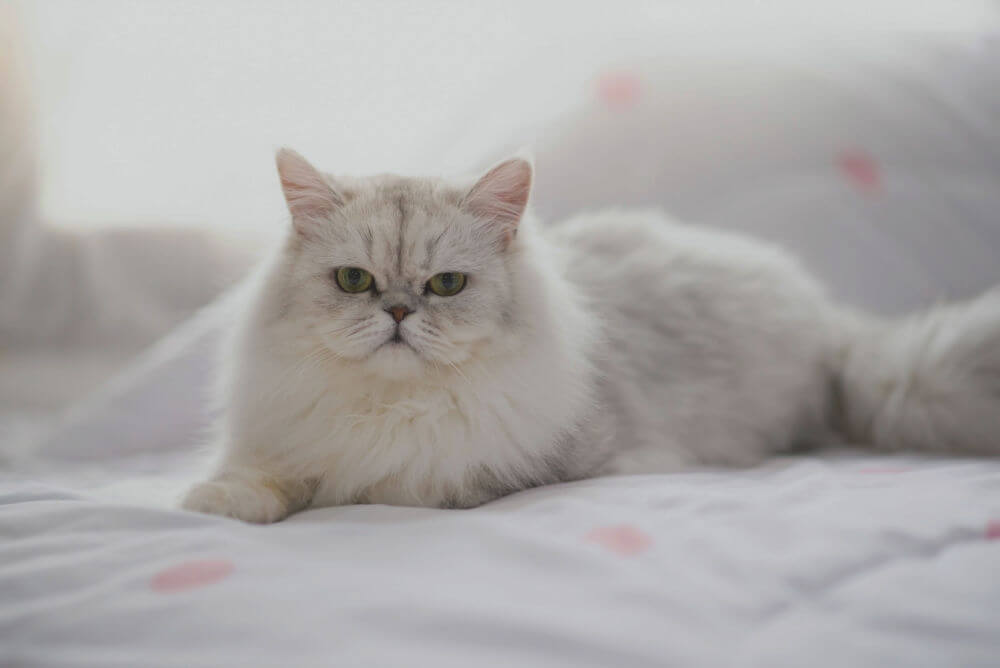
The Persian cat is a long-haired breed most recognisable for their squishy face, short nose and big eyes. In terms of their personality and temperament, Persian cats are relatively gentle and docile but are also known to experience random bursts of energy which they sometimes use to climb curtains or shelves.
The Persian is an ancient pedigreed cat. The breed was exported from Iran (ancient Persia) to Europe and other parts of the world sometime around the 14th century.16
Despite their long history, Persian cats aren’t immune to health issues. They can be predisposed to a skin condition called idiopathic seborrhea (increased oil formation on the skin that creates clumps in the fur), eye problems and polycystic kidney disease (PKD).17
A comprehensive pet cover with routine care could be suitable for Persian cats as they require regular grooming and veterinarian check-ups to catch any potential health conditions early.
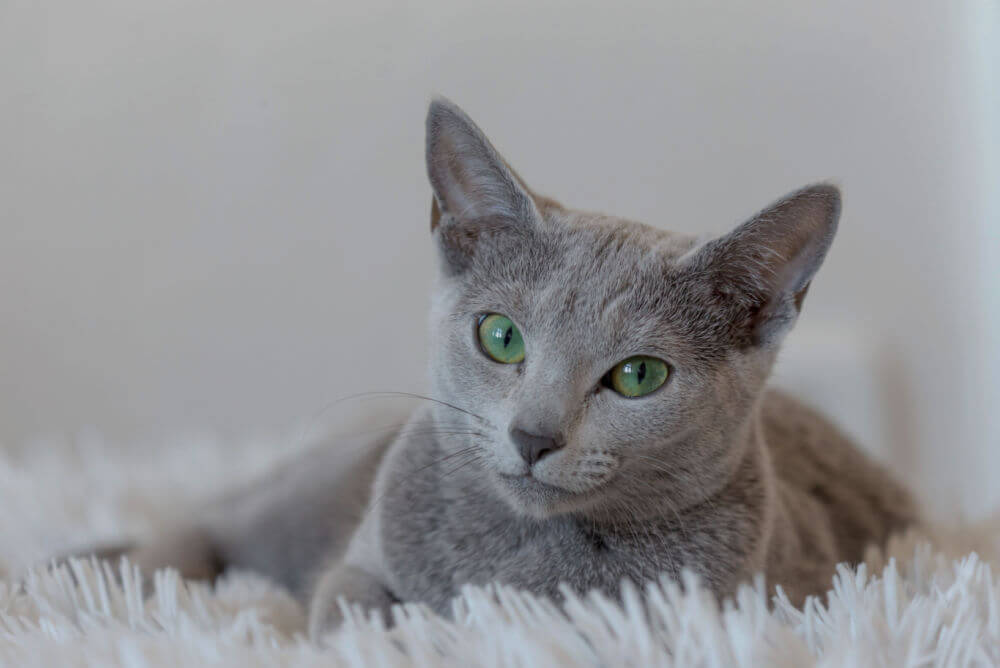
The Russian Blue has a striking bluish-grey fur unique to the breed. That ‘blue’ coat is the result of a diluted gene. Russian Blues are known to be loving and highly affectionate but are also fiercely independent by nature.
The breed likely originated somewhere in northern Russia, specifically around the Arkhangelsk area. It’s rumoured that Russian Blue descended from cats kept by Russian Czars.18
There are no specific health concerns related to the Russian Blue, mainly because it’s a natural breed with enough genetic diversity. Common inherited disorders in senior Blues may include hip dysplasia and hyperthyroidism, an endocrine system disease.19
Investing in a policy that covers both injury and illness could provide peace of mind. Russian Blues have no known genetic disorders, but they can still suffer from other common cat illnesses, especially as they get older.
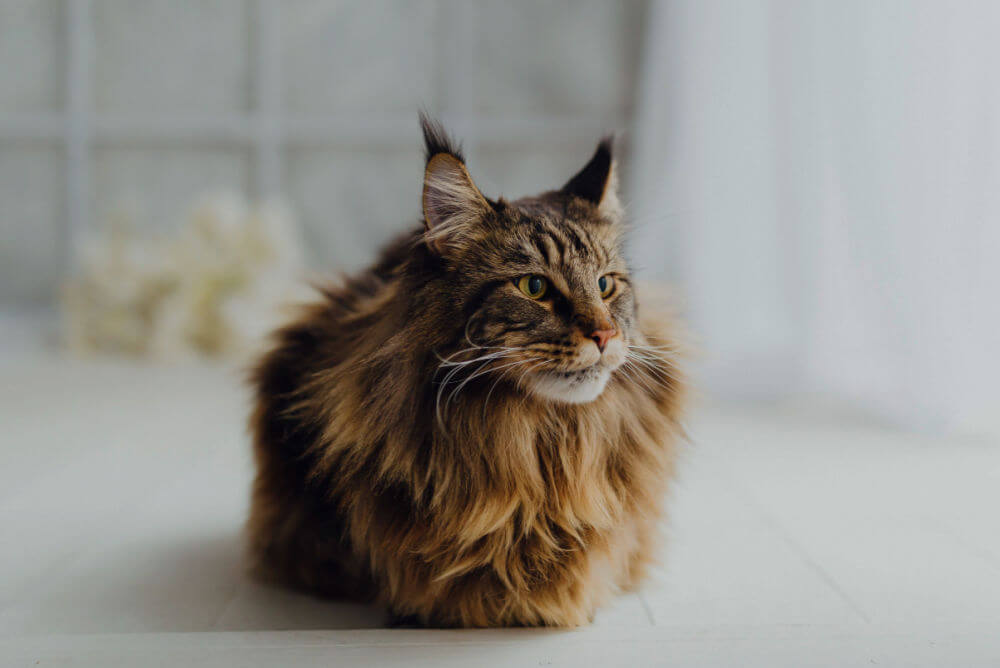
The Maine Coon is the largest domestic cat breed in the world. In fact, some male cats can weigh up to 8kg and measure up to 100cm in length (from nose to tail). Maine Coons are big in size and personality. They’re gentle giants who love attention, which is good because they require daily grooming to keep their fur under control and plenty of exercise to keep their weight in check.
The Maine Coon originated from the state of Maine in the United States. The long-haired breed is native to those parts of America.20
The breed is generally hardy, although Maine Coons can be prone to hereditary conditions, mainly hypertrophic cardiomyopathy, hip dysplasia, spinal muscular atrophy, and kidney issues.21
Pet insurance for accidental injuries and illnesses is essential for Maine Coons. Due to their size, they’re predisposed to a few conditions that impact the heart, joints, and bones.
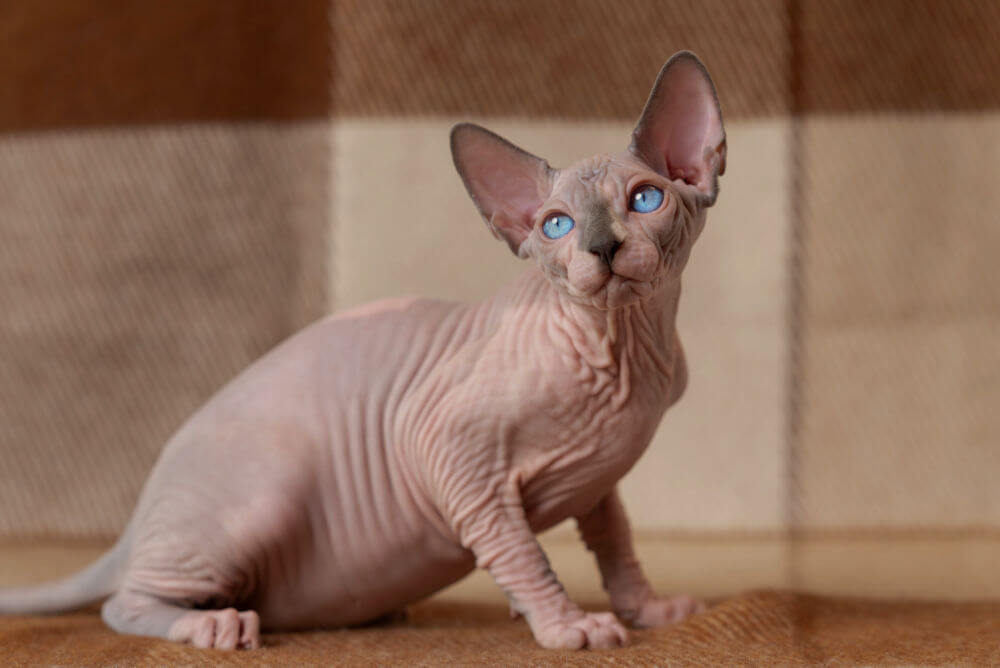
The Sphynx cat is a hairless breed and, therefore, easy to recognise. They’re not entirely without hair but have soft downy fur and can feel like a warm peach when you touch them. They also tend to have large ears and wrinkled skin. The Sphynx is a very social and energetic breed, meaning they’ll do just about anything for attention.
Originally called Canadian hairless as the breed originated in Canada, three hairless kittens are said to be the original ancestors of the Sphynx. However, the breed is not the result of selective breeding but rather a natural genetic mutation.
The Sphynx has no genetic predispositions to diseases. However, hairless cats can suffer from hypertrophic cardiomyopathy, myopathy (systemic muscle weakness), and skin conditions such as urticaria pigmentosa, which causes dark spots and rashes on the body.22
It’s best to have pet insurance for peace of mind. While Sphynx cats are generally healthy, they’re no strangers to skin infections or common cat diseases that affect the heart or kidney.
There’s no universal measure of intelligence for animals. A study conducted by the Department of Veterinary Biosciences at the University of Helsinki compared feline personalities and their social adaptability to find the following breeds ranked high on most behavioural factors:23
Typically, cats which don’t shed fur are more hypoallergenic than those that do. While some people have an allergy to cat hair or household dust carried within their fur, others are allergic to proteins found in the saliva of cats which ends up on their coat when they groom.
Examples of hypoallergenic cat breeds include:24
It’s hard to pinpoint a specific cat breed as being friendly because each cat has unique traits, mannerisms and dislikes. However, Ragdolls, Maine Coons and oriental cats are known for their sociability with humans and other pets. Persian cats are the ultimate lap cat but may not like sharing their human with others.
Cat breed doesn’t affect the cost of pet insurance in the same way that dog breeds do. However, suppose your cat has a pre-existing condition or history of poor health (possibly because of their breeding) before you take out pet insurance or complete your policy’s waiting periods. In that case, it may be treated as an exclusion or increase your pet insurance premiums. Read your Product Disclosure Statement (PDS) for policy terms and common exclusions.
Generally, mixed-breed pets are cheaper to insure than purebred cats or dogs. You can ask breeders or adoption centres about a particular cat’s health history and what records, testing or treatment they’ve received. They can typically also tell you more about a certain breed and how to take care of them, and you can always go to your local vet for more information about managing your feline friend’s health.
Some pet insurers don’t provide any coverage for pre-existing conditions, while others will provide some coverage for pre-existing conditions that have been cured or treated (e.g. conjunctivitis, stomach ulcer), typically at an additional cost.
Normally, pet insurance premiums are calculated based on your cat’s health status at the time you take out cover, as well as other factors such as age and indoor/outdoor preference. This means you won’t pay more if your pet cat has a predisposition (a higher likelihood) of developing a specific disease or illness later in life.
Not exactly. A predisposition refers to an increased chance of a cat contracting a disease or developing an illness while a pre-existing condition refers to any illness your pet has before you take out pet cover. While some breeds are known to have certain health issues, they may not necessarily be born with these conditions but could develop them later in life or may not have any health issues at all.
Natural cat breeds are considered healthier than pedigreed felines because they have more genetic diversity and fewer predispositions to certain diseases. Examples of healthy cat breeds include (but aren’t limited to):
However, individual cats can still get sick or inherit a health condition from their parents. Taking your feline to the vet for regular check-ups is important to stay on top of your cat’s health. You can get testing done for certain health issues to get a better idea of how healthy your cat is.
Pet insurance is always a smart idea, even if your cat’s breed isn’t prone to health issues. It can provide financial protection if they get sick or injured and for routine care with additional cover. Having the right pet insurance plan can help you claim back some of those costs and provide peace of mind when caring for your feline. It’s best to insure your furry friend (both cats and dogs) early in their life or before they show symptoms of any health issues relating to their breed or age.
Vet bills can be expensive, so if your beloved pet cat (or dog) is injured or falls ill, you could be seriously out of pocket or face tough calls. Pet insurance can help you keep up with the costs of keeping your companion healthy.
You can compare cat pet insurance for a variety of breeds for free using our comparison service. In a few minutes, you can compare quotes from several insurance brands in Australia and filter results based on price and coverage.
1 Animal Medicines Australia – Pet ownerships report (2022): A national survey of pets and people. Accessed April 2023.
2 Animal Medicines Australia – Pet ownerships report (2022): A national survey of pets and people. Accessed April 2023.
3 Encyclopedia Britannica − Domestic shorthair: Colours & Facts. Accessed April 2023.
4 Hill’s Pet Nutrition − Domestic Shorthair Cat Breed: Personality & Info. Accessed April 2023.
5 RSPCA Pet Insurance claims statistics by pet types in 2018-19. Accessed April 2023.
6 Hill’s Pet Nutrition – British Shorthair Information & Personality Traits. Accessed April 2023.
7 International Cat Care − British Shorthair. Accessed April 2023.
8 Encyclopedia Britannica − Tabby cat. Accessed April 2023.
9 National Geographic − Now we know how tabby cats get their stripes. Accessed April 2023.
10 Hill’s Pet Nutrition – Ragdoll Cat Information & Personality Traits. Accessed April 2023.
11 Purina – Ragdoll Cat Breed Information. Accessed April 2023.
12 Purina − Burmese Cat. Accessed April 2023.
13 University of California − Burmese Head Defect. Accessed April 2023.
14 Hill’s Pet Nutrition – Siamese Cat Information & Personality Traits. Accessed April 2023.
15 Fetch by WebMD – What to Know About a Siamese Cat. Accessed April 2023.
16 Hill’s Pet Nutrition – Persian Cat Information & Personality Traits. Accessed April 2023.
17 Royal Veterinary College – Persian cats at high risk of health problems, study shows. Accessed April 2023.
18 Hill’s Pet Nutrition – Russian Blue Cat Information & Personality Traits. Accessed April 2023.
19 Vetwest − Russian Blue Cat Breed Information. Accessed April 2023.
20 Hill’s Pet Nutrition – Maine Coon Cat Information & Personality Traits. Accessed April 2023.
21 Main Coon Central – Top 7 Maine Coon Health Issues. Accessed April 2023.
22 Hill’s Pet Nutrition – Sphynx Cat Breed Information & Personality Traits. Accessed April 2023.
23 MDPI – Reliability and Validity of Seven Feline Behaviour and Personality Traits. Accessed April 2023.
24 Purina New Zealand – Top 5 Hypoallergenic Cat Breeds. Accessed April 2023.